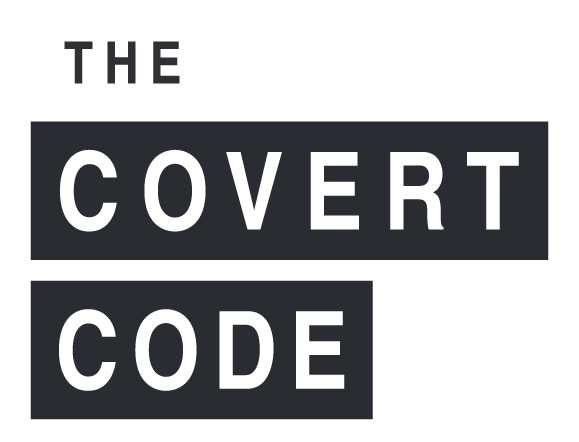Episode 42 – Featured Guest Kathy Quinn Votaw
This week on The Covert Code Podcast, we discuss “Dare to Care in the Workplace” with Kathleen Quinn Votaw, CEO of TalenTrust and Forbes Books author of Dare to Care in the Workplace.
 Meet Kathleen Quinn Votaw
Meet Kathleen Quinn Votaw
Kathleen Quinn Votaw is the CEO of TalenTrust, a leading firm specializing in workforce strategies and company culture transformation. A sought-after speaker and Forbes Books author of Dare to Care in the Workplace, Kathleen is renowned for her innovative HR strategies that foster people-centered, inclusive workplaces. Prominent outlets such as Inc., Fox, NBC, CBS, and Fast Company have featured her expertise. With a career dedicated to helping organizations value and motivate their employees, Kathleen has become a recognized leader in creating cultures that drive both personal and professional success.

 Meet Neil Twa
Meet Neil Twa Meet Kevin Sullivan
Meet Kevin Sullivan Meet Alex Knight
Meet Alex Knight Meet Callie Teegardin
Meet Callie Teegardin Meet Rachel Sanders
Meet Rachel Sanders
 Meet Josef C.
Meet Josef C.